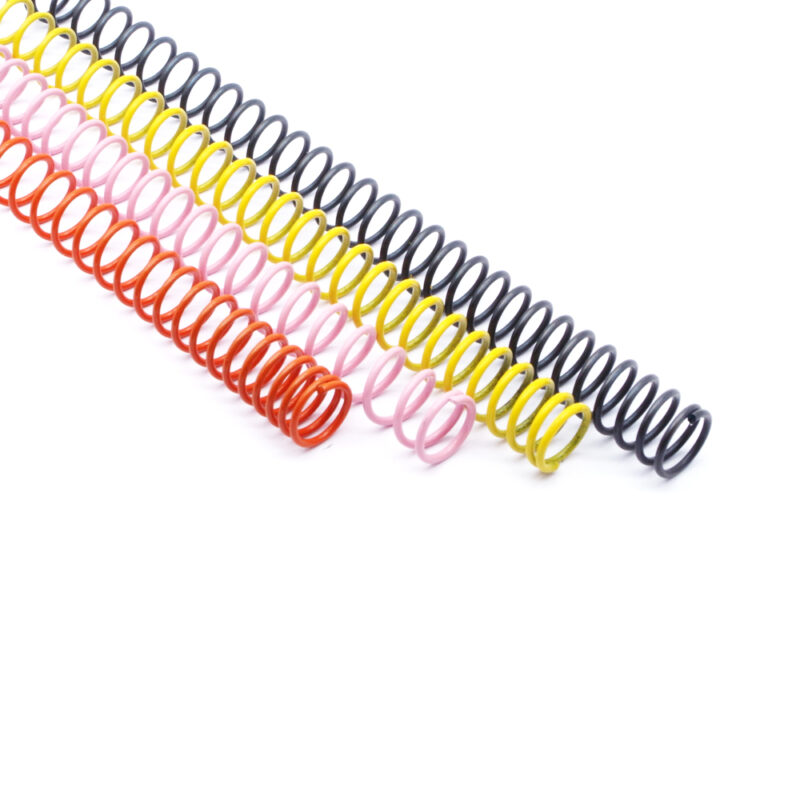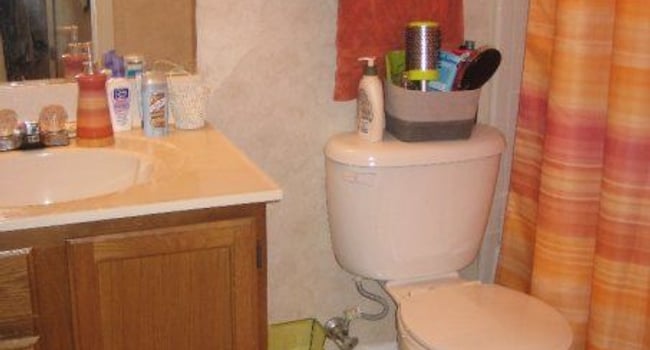

Improvements to address engine vibration and cooling resulted in a redesign of the rear hull. The first few prototypes were provided for troop trials from 1959 which identified a number of changes. The tank was expected to achieve a firing rate of 10 rounds per minute in the first minute and six per minute for the following four. To this end, the gun was to have a greater angle of depression than the 8 degrees of Conqueror and would be equipped with better frontal armour. The tank was expected to be able to engage the enemy at long range, from defensive positions, and be proof against medium artillery. The General Staff specification drew on the experience of Centurion tanks in the Korean War as well as that of the Conqueror tank.

This work led to a War Office specification for a new tank. In effect, the FV4202 was a shorter Centurion chassis with a prototype of what would become the Chieftain turret, but armed with the 20pdr gun. Several aspects of the design were trialled by the production of the FV4202 "40-ton Centurion" with a reclined driver position and mantletless gun mounting.

Leyland, who had been involved in the Centurion tank, had built their own prototypes of a new tank design in 1956.

A single design combining the firepower of the Conqueror's 120 mm gun with the mobility and general usefulness of the Centurion was seen as the ideal combination. However, the introduction of the Soviet IS-3 / IS-4 heavy tank along with Soviet T-54/T-55 forced the introduction of the Conqueror heavy tank armed with a 120 mm (4.7 in) gun. Its predecessor, the Centurion main battle tank (MBT), is widely considered to be one of the most successful of post-war MBT designs. The Chieftain was an evolutionary development of the successful cruiser line of tanks that had emerged at the end of the Second World War.


 0 kommentar(er)
0 kommentar(er)
